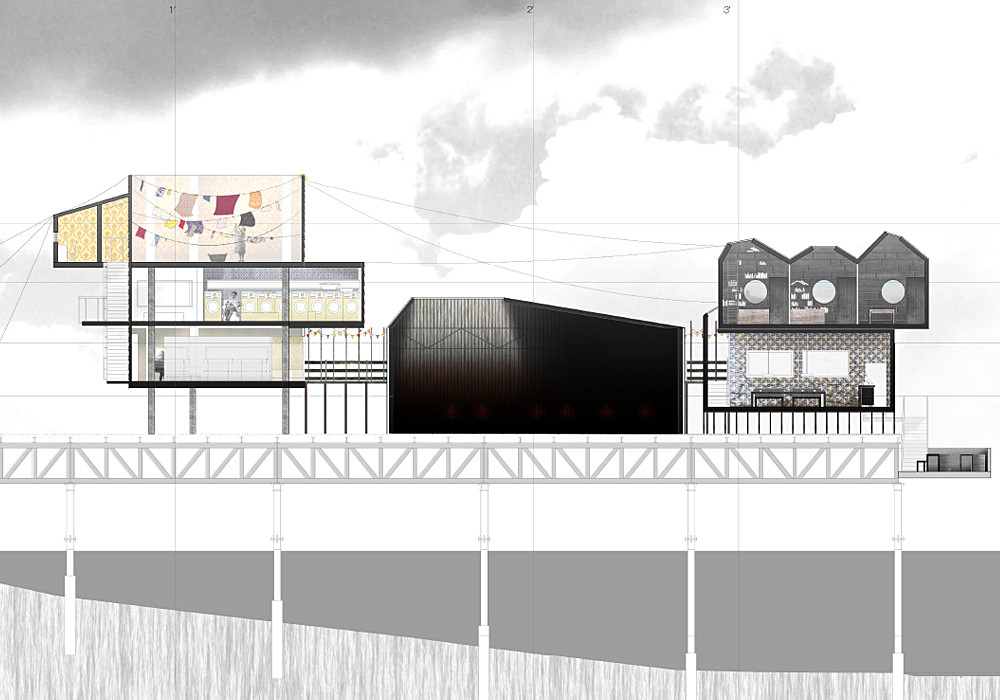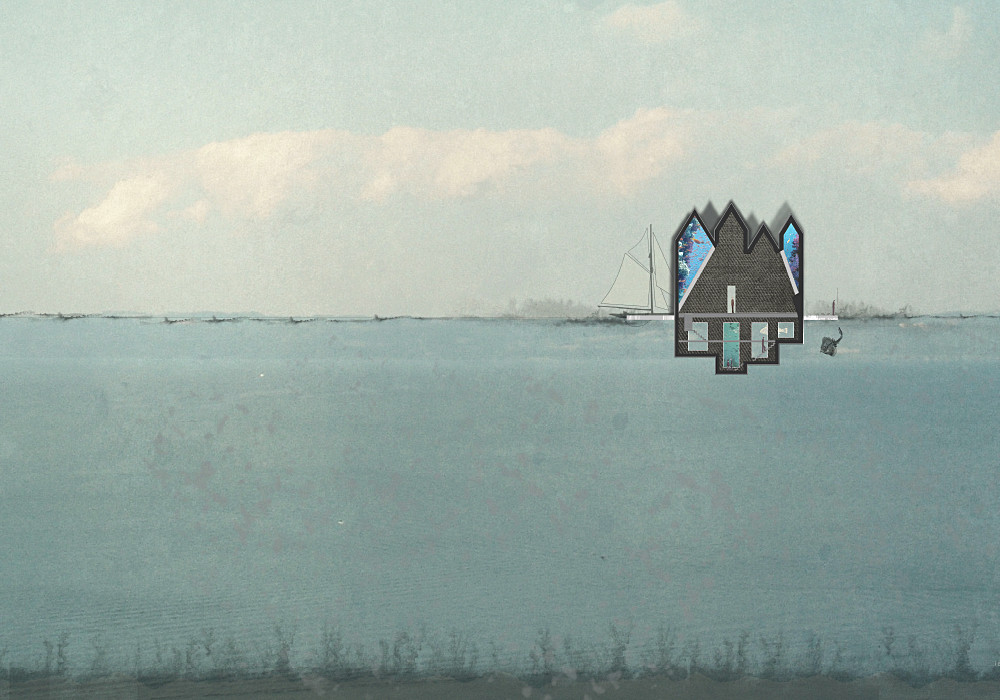Help
Community21 has selected some case study communities and projects to share across the network to inspire and inform others. Should we be featuring yours? If so get in touch.


The Architecture course is always looking to advance collaborative ways of working and engaging with industry, communities and other agencies on ‘live’ projects. “Our aim is to foster and further develop the skills that will equip our students for the modern professional practice, developing to the needs of the changing landscape of clients, communities, developers and policy makers. Providing students with the opportunity to reflect on a brief to provoke ideas is one thing but we wish to offer more than this to our students and to see how their work could have a benefit to or influence on the local community”.
Last year we set an overall brief to students around the dynamic coastline and its future which saw them exploring the south costal landscape, its relationship to the townscape, analysing and mapping the use of these spaces, and examining how this has changed over time alongside societal developments. At the same time Hastings Pier and White Rock Trust (HPWRT) was formed by local residents in Hastings and St Leonards on Sea to look for solutions to regenerate Hastings Pier.
The University began discussions with HPWRT as they were engaging architects and consulting with the Hastings and St Leonards residents and businesses. The students were asked to reflect on the renovation and redesign brief provided by Hastings Pier and White Rock Trust to their commissioned architects, dRMM. We set up a talk by the project architect and project engineer to present their own understanding of the existing needs of the pier and community along with their future ideas. This gave the students the confidence to be brave with their own proposal. The controversial balance between use, purpose, visual presence, meaning, commercial viability and built structure provided a rich variety of responses that provoked much thought and debate. Analysing Hasting’s relationship with the coast led into the final proposals along with understanding its urban development on the seafront. The students made a series of ‘Encounters’ along the promenade, setting up events that created a lively engagement with the public to understand their rapport with the pier and the promenade. These initial conversations led to a diverse and challenging set of uses for the pier. We had an open university, a mortuary, a bird sanctuary, a fishing community, a retirement home, a seaweed farm, a ship builders yard, a council debating chamber, a refuge for the homeless and a favourite, a re-enactment centre for the Battle of Hastings.
These are just a few examples showing the originality of ideas that can be drawn from students unconstrained by the immediate practicalities of industry. As the relationship developed it was agreed that the consultation data, the quality and variety of ideas, models and drawings the students developed would make a thought provoking exhibition in Hastings and also become part of a visual archive for HPWRT and the Hastings community. HPWRT funded the exhibition and used the students’ work to exhibit and communicate the actual dRMM proposed plan before submission to the Heritage Lottery.
The Pier and the University jointly promoted the event which was held at Trinity Studios, located in Hastings town centre. The exhibition resulted in an increased awareness of proposed plans for the Pier and gave the students the opportunity to showcase their work outside of the degree show. It was picked up by BBC News and featured on their website as a visual story. This gave the students a wider audience for their work and makes them believe in the relevance of their ideas to ‘live’ projects.
Kate Cheyne, Senior Lecturer, School of Art, Design and Media